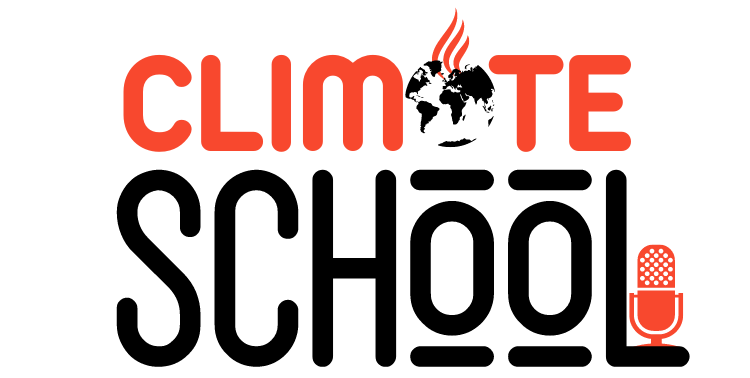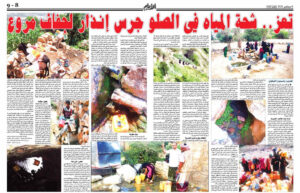Translated by: Hudhaifa Jihad
according to Earth Journalism Network. Please find the original article here
Environmental journalism, according to Eric Ferdman, head of the Knights Center for Environmental Journalism at the University of Michigan, is “one of the most dangerous undertakings in journalism.” Its danger lies in the presence of obstacles and sensitive problems that reporters face when covering environmental news and stories related to prominent activities, criminal acts, and serious incidents such as: disputes over land use.
Reporters Without Borders published in its latest statement that fear increases among reporters when their freedom becomes vulnerable to attack and risks.
The organization began the introduction to its report for the year 2019 by stating that the number of countries safe for journalists to work continues to decline, in addition to the continued authoritarian regimes in place to tighten their grip on the media.
The Earth Journalism Network organized workshops on security and safety to introduce the growing threats to environmental reporting, and provided participants with a better understanding of potential threats such as physical harassment or assault, in addition to cyber risks such as hacking or infringement of personal data, and how to protect themselves.
Security trainer and former journalist Reid Patario, who now runs the Community Journalism Center Philippines, spoke about the threats reporters face today, and gave five tips on how to better protect themselves and their colleagues.
The network has presented numerous events on security and safety in recent years, drawing heavily on feedback from journalists working for the network and work done under a project supported by the Environmental Protection Fund.
During Earth Journalism Network's safety training in the Philippines, reporters shared their experiences in dealing with security and safety issues, and security experts also provided tips to better protect themselves and their colleagues.
The trainers, reporters, and Earth Journalism Network staff shared with the participants at the last forum some of the main threats facing environmental journalists and the ways in which the Earth Journalism Network can enhance the safety of journalism.
Participants also exposed freelance journalists and others working in remote areas to issues ranging from physical attacks or threats to hacking of websites and social media accounts, in addition to legal issues, tax audits, online harassment and other forms of intimidation.
Journalists say physical threats were the most dangerous for reporters covering stories of illegal fishing and illegal logging. Many advocate self-censorship when covering topics that are rarely discussed, especially when covering prominent individuals or businesses.
Additional resources
Here are additional resources to provide reporters with guidance when covering crime, corruption and disasters, and guide them on how to prepare for risky stories and stay safe on assignments. It provides advice on dealing with trauma and stress, and includes brief guidance on rights and duties.
Filipino Journalist Safety Guide from the National Union of Journalists of the Philippines.
UN Plan of Action on Safety of Journalists from the Asian Institute of Journalism, Communication and International Media Support.
Indonesian Journalists Protection Unit of the Indonesian Independent Journalists Association.





